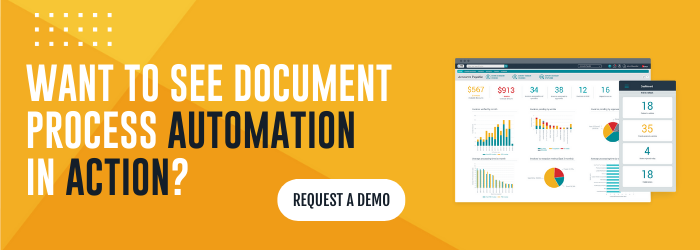The basic principles underpinning supply chain finance aren’t by any means new. In fact, it dates back nearly 50 years. To help their suppliers weather an economic downturn in the 1970s and ’80s, Italian automaker Fiat began using the practice to help maintain its supply chain during the recession.
While an established practice, supply chain finance is often misunderstood, both functionally and reputationally. Supply chain finance, sometimes referred to as reverse factoring, covers the financing needs of suppliers providing goods and services to large buyers where suppliers can access third-party financing for invoices.
Side note: Dynamic discounting is a related solution often grouped together with supply chain finance. In dynamic discounting, the buyer funds the program, enabling suppliers to access early payments on invoices in exchange for a discount without third-party capital.
It addresses the basic needs of financing the working capital necessary to run any business. When delivered successfully, supply chain finance benefits every part of the buyer/seller dynamic and improves certainty for suppliers by providing payments for delivered goods and services earlier than agreed terms with the buyer. Supply chain finance enables stable, on-demand, reduced-risk transactions that strengthen relationships between suppliers and buyers.
How it works
In its simplest form, supply chain financing has five stages:
- Buyer purchases goods or services from the seller
- Seller delivers purchased goods or services and invoices the buyer
- Buyer approves the invoice and notifies the supply chain finance provider
- Seller can choose to opt-in for early payment (paid by supply chain finance provider, for a fee) or wait for the invoice to mature and get paid by the buyer at no fee
- Buyer settles the account with payment to the supply chain finance provider in accordance with the agreed terms
While the general process is universal, providers are not and can vary substantially. Traditionally, supply chain financing programs were the exclusive purview of banks. Banks have balance sheets that can support buyers and suppliers financially; however, they are often hampered by technology limitations that make the process difficult. In response, SaaS vendors and their platforms have emerged as major players in the supply chain industry. Unfortunately for buyers and suppliers, SaaS offerings often lack substantial financial resources in their balance sheet and rely solely on third-party funding to scale to adequately meet working capital needs.
The best solutions combine access to diverse funding sources (including banks and other financial institutions, in addition to the SaaS company’s own balance sheet with a modern cloud platform. When a supply chain finance provider has both, as Esker Pay provides, buyers and suppliers can access a reliable source of capital faster, safer and with more transparent decision-making tools for mitigating risk and analysing credit.
Benefits of supply chain financing
Buyers are seeking to improve their cash conversion cycle by extending payment terms to suppliers more and more. Suppliers need greater predictability in their cashflow but lack access to adequate sources of capital. This conflict has the potential to reduce liquidity and resiliency across supply chains. A successful supply chain financing program balances these opposing needs of buyers and suppliers.
Benefits to buyers
Improved relationships with suppliers – Participating in a supply chain financing program helps suppliers strengthen working capital and create a situation that encourages the continuation of a successful partnership.
Optimised working capital – Supply chain financing programs free up cash and lower the cost of capital (when compared to traditional financing) by extending payment terms.
Diversified supplier pool – By providing fast, flexible access to cash, more suppliers are incentivised to do business with you.
Stronger supply chains – Supporting suppliers with more predictable cashflow puts their businesses in a better position to be a partner in your business growth.
Benefits to suppliers
Improved liquidity – Supply chain financing programs provide suppliers with payments in as little as 24 hours, rather than waiting 30/60/90-plus days dictated in the original terms with buyers.
Payment certainty – Suppliers can choose when and which of their approved invoices get paid when participating in a supply chain finance program.
Predictability – Suppliers can prevent gaps in production, allowing for flexible forecasting and growth.
Reduced financing costs – Accessing working capital through a supply chain finance solution is usually a more affordable option than other types of financing.
Liquidity and certainty are almost impossible to come by in today’s challenging economic environment — an unfortunate thing since the overall health of your business is dependent upon having reliable access to working capital. A well-thought-out and tightly managed supply chain finance strategy can help suppliers bridge the gap between their cash needs and extended payment terms and can help buyers hold on to their cash longer to make the best use of their financial resources.
To learn more about Esker’s working capital solutions, visit https://www.esker.com.sg/solutions/.
-Written by, Justin Cunningham


